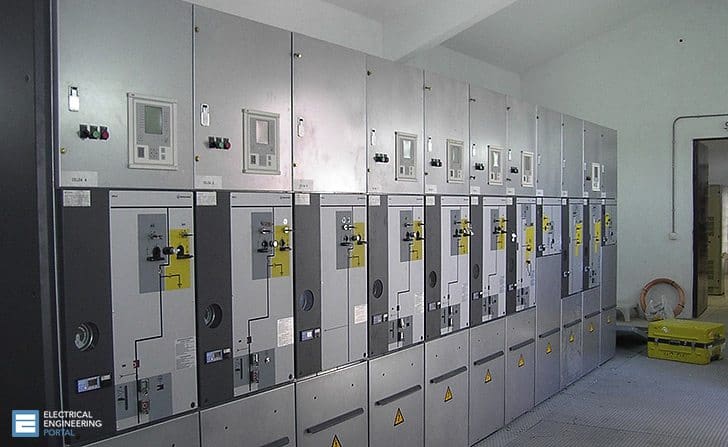Introduction to LV/MV voltages
Most electrical appliances used in household, commercial and industrial applications work with low voltage. High voltage is used not only to transmit electrical energy over very large distances, but also for regional distribution to the load centers via fine branches.

According to international rules, there are only two voltage levels:
- Low voltage: up to and including 1 kV AC (or 1,500 V DC)
- High voltage: above 1 kV AC (or 1,500 V DC)
However, because different high voltage levels are used for transmission and regional distribution, and because the tasks and requirements of the switchgear and substations are also very different, the term “medium voltage” has come to be used for the voltages required for regional power distribution that are part of the high voltage range from 1 kV AC up to and including 52 kV AC (figure above).
The electrical transmission and distribution systems not only connect power stations and electricity consumers, but also, with their “meshed systems”, form a supraregional backbone with reserves for reliable supply and for the compensation of load differences.
High operating voltages (and therefore low currents) are preferred for power transmission in order to minimize losses. The voltage is not transformed to the usual values of the low voltage system until it reaches the load centers close to the consumer.
In public power supplies, the majority of medium voltage systems are operated in the 10 kV to 30 kV range (operating voltage). The values vary greatly from country to country, depending on the historical development of technology and the local conditions.
Medium voltage equipment
Apart from the public supply, there are still other voltages fulfilling the needs of consumers in industrial plants with medium voltage systems; in most cases, the operating voltages of the motors installed are decisive.
Operating voltages between 3 kV and 15 kV are frequently found in industrial supply systems.
Power stations
Power stations, for generators and station supply systems.
Transformer substations
Transformer substations of the primary distribution level (public supply systems or systems of large industrial companies), in which power supplied from the high voltage system is transformed to medium voltage
Secondary distribution level
Local supply, transformer or customer transfer substations for large consumers (secondary distribution level), in which the power is transformed from medium to low voltage and distributed to the consumer.
Reference: Siemens Energy Sector – Power Engineering Guide Edition 7.0











I will like to know more about medium.
iam thinking to be professional an engineer
Thanks for a great information.
To ensure reliability of continuous 11kV and 15kV power supply to medium voltage substations it is critical to understand the importance of cable jointing – following Video Blog provides useful overview of jointing technologies available
http://www.cablejoints.co.uk/blog/article/medium-voltage-cable-joints-video